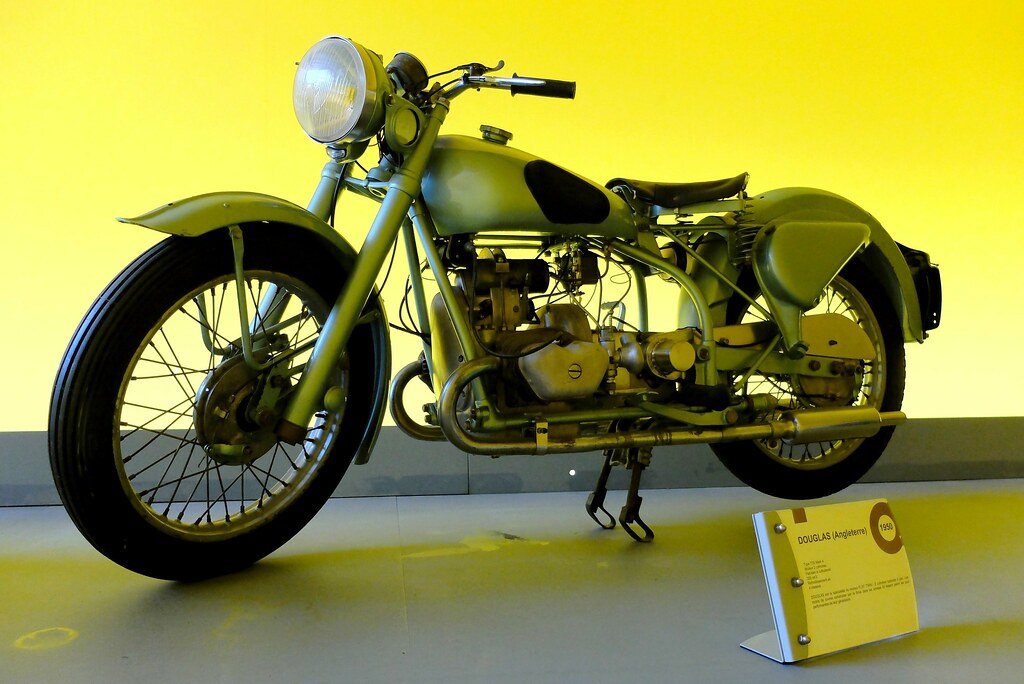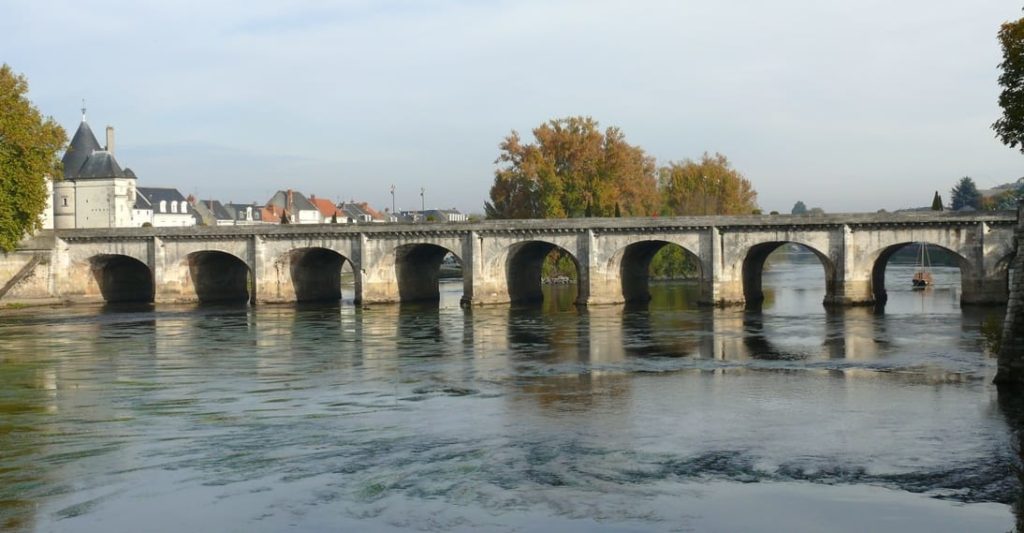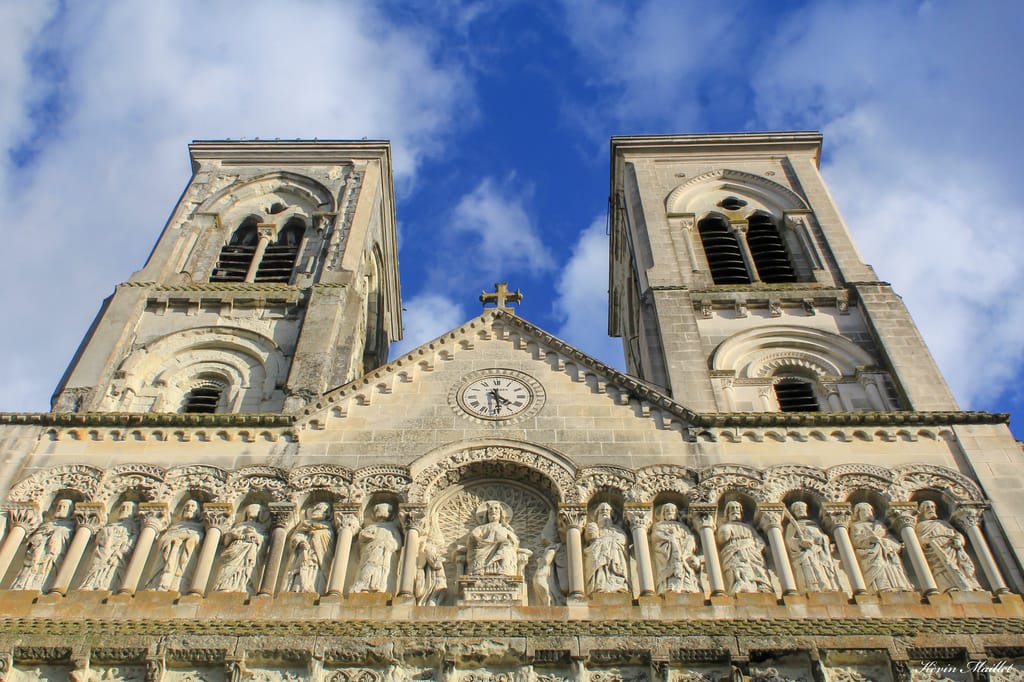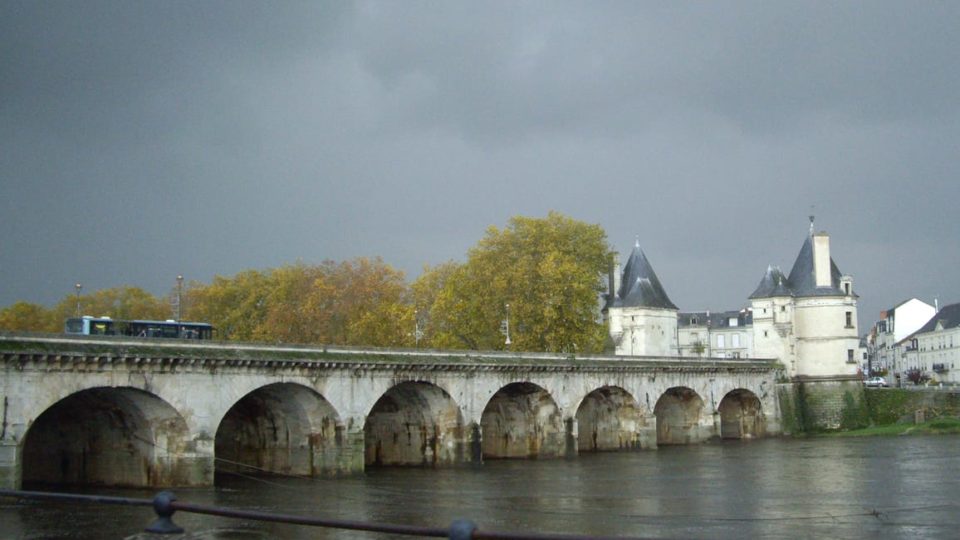Things to Do in Chatellerault
Split by the River Vienne, Chatellerault is a peaceful town with more interesting things than what is on the internet. Right at the right bank of the famous quarter of Renaissance townhouses is the place where René Descartes, the illustrious French philosopher, studied when he was a child. Also, across the river through the celebrated 1500s, Pont Henri-IV is Chatellerault’s quaint quarter.
For over a century and fifty years, this place was a factory for making weapons employing thousands of people. Recently, it has been renovated. There are an impressive motorcycle and car museum there today. Visitors can even plan trips to an old battlefield, a Gallo-Roman amphitheater, a deep forest with a lake, and a series of underground medieval tunnels, all close to the town.
Here Are A Few Things To Do In Chatellerault
Step Into The Auto Motocycle Museum
In an expansive hollow weapons factory situated on the left bank, there is a collection of about 200 classic motorcycles and classic cars. These will show visitors the process of how transport has transformed in the course of the last two centuries, from the 1800s innovations in carriages to modern prototypes.
The motorcycle catalog of impressive, and there is an original Bugatti with about four classical Citroën 2CVs in good shape. Visitors will also discover a space dedicated to the weapons factory that was significant to the country’s World War One effort. There are also interesting artifacts from the town’s inoperative history museum.

Learn About René Descartes’ Childhood
Even though Chatellerault is not overrun by massive monuments, there are some impressive smaller sights to behold in the medieval center and upscale 1800s quarters. A stunningly Insta-worthy opportunity is the Maise Descartes, on Rue Bourbon, the 1500s home of René Descartes’ grandparents.
The iconic philosopher lived there often, and he attended the old college just in front of the building for many years. Unfortunately, visitors are not allowed to enter the building except on heritage days in September. However, one can include it on their walking tour of the town and study the great Renaissance architecture, with sculpted gables on top of the portal and windows.
Visit the Pont Henri-IV
This strong bridge was designed in the late 1500s and is the only way into the Old Chatellerault from the west. Visitors will have to pass between two round towers with slate roofs and divided windows on the Vienne’s left bank. Despite their sturdy features, they were not intended to defend against enemy armies. Rather, they were deployed as tolls to limit entrance into the town in the outbreak of epidemics. The nine arches and towers are incredibly perfect for a photoshoot right from Chatellerault’s quays.

Take a Peek at Hôtel Sully
A fascinating thing about the Hôtel Sully (1600s house), asides its great architecture, is that the remaining stones from Pont Henri-IV were used to build it. Charles Andreouet du Cerceau is the designer, and he was a member of the illustrious family of architects that flourished in the 1500s and 1600s.
Throw a glance through the gates at this beautiful Renaissance property where a large courtyard can be found in its front. Until 2004, the property used to be Chatellerault’s museum. Meanwhile, the town’s treasured array of textiles is in storage, while a tiny fraction of traditional artifacts are on display at the Musée Auto, Moto, Vélo.
Take a Walk On The Boulevard de Blossac
At the old center’s east side, the town’s fortifications were destroyed in the 18th-century to allow ambitious developmental structures. This place is the consequent, and it trails the same way as the old walls. Visitors will have a vibe for the flow and ebb of life in Chatellerault and can stroll through the tree-shaded spots and stop by the iron platform. In front of Chatellerault is a plaza that has a fountain, lawns, and benches positioned under pines.
Marvel at La Manu
Musée Auto, Moto, Vélo’s building, is one in a massive area of factories that are built at the start of the 1800s. Before advancing to smaller firearms and cannons, thousands of people worked there, making swords from 1819. By the 1900s, it was making pistols, carbines, and automatic rifles. In 1968, all these ended, but the facilities have been rehabilitated. In the museum, there is the French national circus school and a military archive. Massive warehouses, the Envigne canal, and chimneys make up quite a resonant spot for a stroll, especially at night when the complex is well lit.
Witness the Magnificence of Église Saint-Jacques
When the façade was changed, and the two towers were included, the Église Saint-Jacques came through a Neo-Romanesque renovation in the 1800s. However, the rest of the church is much older, going back to the 1000s.
Église Saint-Jacques is a landmark on the pilgrimage to Santiago de Compostela in Spain, and the multicolor statue of St James, donning a pilgrim’s attire, reminds visitors that they can stop to pray. Meanwhile, in the north tower, there is a carillon of about 52 bells.

>>Must-See Cathedrals In France
Appreciate the Pont Camille-de-Hogues
From Pont Henri-IV upriver is an unassuming bridge from far. It was constructed at the beginning of the 1900s to connect the manufacturing area on the left bank to the new rural areas on the right. However, engineers and architects may have been amazed to read that this was the initial reinforced concrete road bridge in the country. Francois Hennebiue, the legendary innovator, designed Pont Camille-de-Hogues. It was built in four months, and in 2002 it won some accolades when it was awarded the monument Historique award.
Théâtre Gallo-Romain du Vieux-Poitiers
Not to be confused for the contemporary Poitiers, the Roman city of Vetus Pictavis is Vieux-Poitiers. It is about 10 minutes from the town in Naintré, and it is an incredible site that covers over 80 hectares, and it dates back to the time of Emperor Augustus.
Chatellerault was on a road that connected Tours with Poitiers and is located where Vienne Rivers and the Clain meet. The highlight is the amphitheater, which is over 116 m wide and with an old capacity of 10,000. The massive size of an arch and foundations suggest what used to stand there. For more perspective, visitors can book a guided tour of the place to know more about the pottery kilns, amphitheater, and temples in Chatellerault.
Check out History at Souterrain Refuge de Princay
Under the village of Princay is a 10 m enthralling piece of heritage that was recently unearthed. It is a system of caves situated on two levels below the location. It dates back to the 12th-century and would have been devised as a refuge from groups of looters that move around the Vienne in tumultuous times.
During winter, it was an incredible location for hemp spinning, and it would have been a place to hide during the French Revolution when the area witnessed the murderous conflict. This place is not an attraction that visitors can visit and explore. However, the tourist office in the town will offer visitors a tour schedule to maximize time here.
Things to Do in Chatellerault – Summary
Chatellerault is a historic town full of activities and things to see. For tourists who want a laidback vacation in a quiet French town, away from the bustles of city life, the town offers enough. Chatellerault has some of the nicest hotels in the area. After a visit, you will most likely be tempted to add the town to your next holiday itinerary in France.
